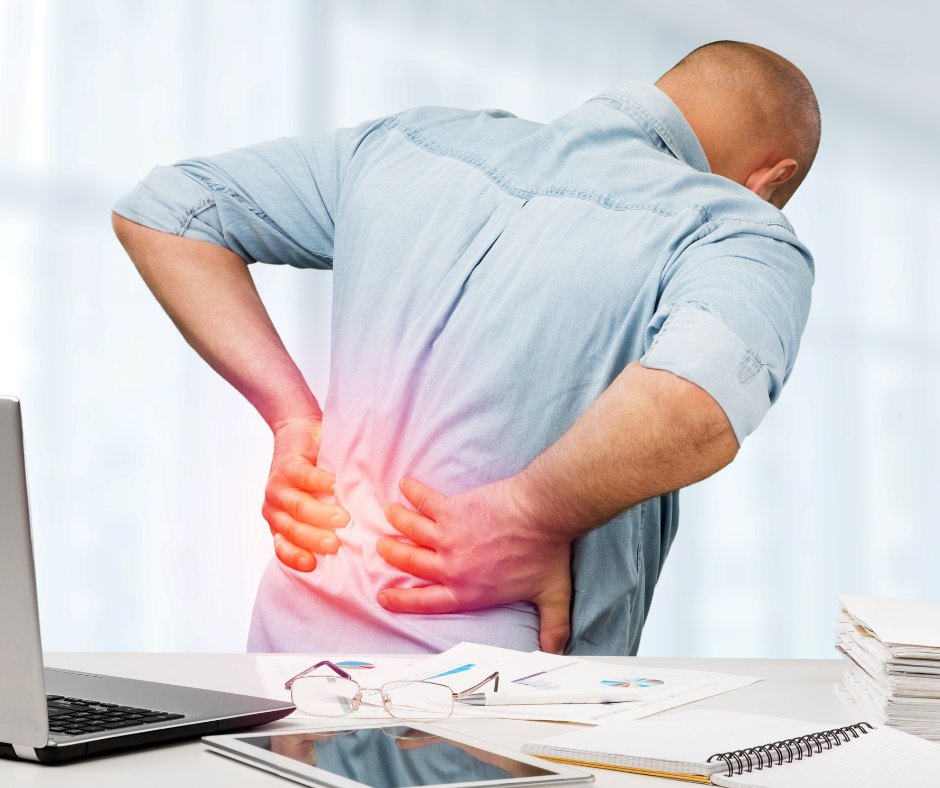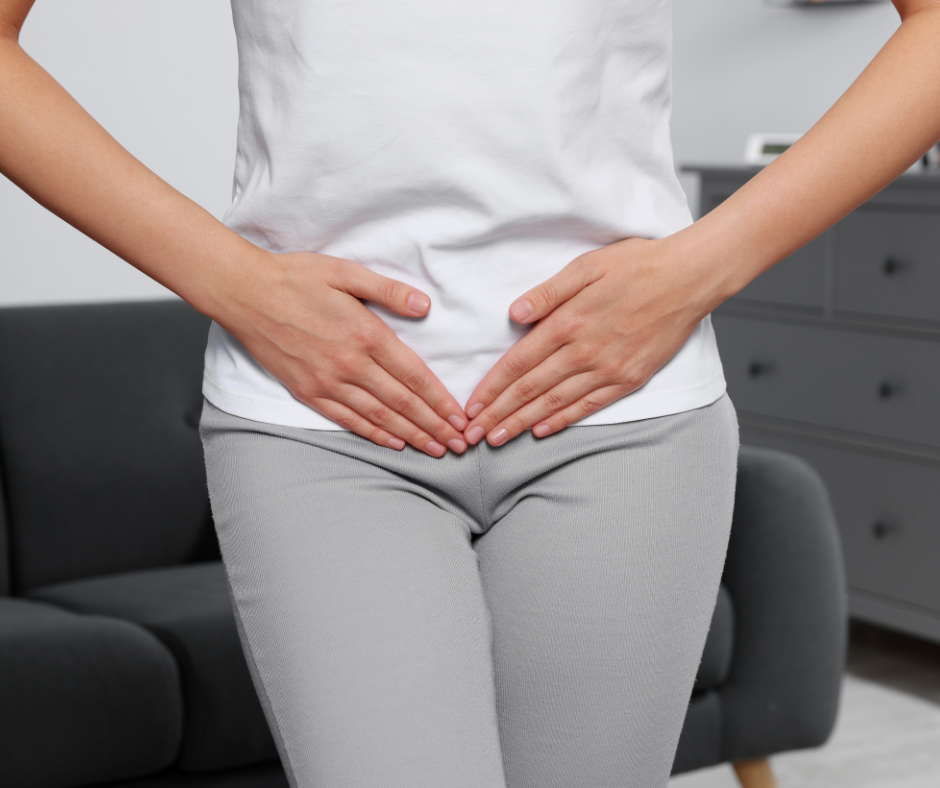Cervical Sprain and Rib Cage Muscle Contusion
42-year-old woman involved in a car accident in November 2019, following a side impact at over 60 km/hour. Urgently rushed to hospital, resulting in cervical whiplash with rib cage contusion.
Three weeks after her accident, she was treated in physiotherapy and 15 days later, her physical rehabilitation therapist recommended SET for managing her daily pain outside the clinic. Her therapist recommended our services because the pain was pervasive in almost every sphere of her life (ADL, DSA, difficulty sleeping and mood disorders). She receives physio and ergo treatments 3x/week and acupuncture 1x/week.
Her cervical sprain is characterized by constant 5/10 pain in the upper trapezius bilaterally. The pain is increased to 7/10 by bending her head while reading or cooking, for a period of +/- 20 minutes. She has to take a break of about 10 minutes before continuing her activity. Household chores such as vacuuming and washing floors should be carried out one room at a time per day only.
Her pain is described as a twinge, a feeling of stiffness and a heavy head. Sleep is disturbed by night-time awakenings 2 to 3 times a night, making her moody when she gets up in the morning.
Diagnosis: Cervical sprain and chest muscle contusion
Work: She is an upholsterer and has been off work since her accident.
Medication: She only takes Tylenol 4x/day (cannot tolerate NSAIDs).
Functional Electrotherapy Recommendation made by her physical rehabilitation specialist
List of problems caused by pain
- Persistent pain
- Difficulty sleeping
- Mood disorders
Patient's main goals
Reduction of daily pain in ADL/ADL Improve sleep quality (get a full night's sleep)
In-home training in Functional Electrotherapy by a SET Therapist and Telephone Follow-Ups
Summary of initial in-home training - December 2019
- Teaching of high frequency to the cervical region bilaterally as needed (several times a day).
- Programs P1, P2, P3 and P4 were taught, to be done both at rest and during activity, especially in daily tasks such as cooking and vacuuming.
- Wearing the device on the belt or with the cuff and self-adhesive electrodes facilitates use of the TENS during activity.
- In order to promote endorphin secretion to improve well-being and sleep, low-frequency training was provided.
- Given that Mrs. B is living alone, the SET therapist recommends that she apply the self-adhesive electrodes to her thigh (less difficult for a single person than to the lumbar region).
- She is very satisfied with her teaching and sees all the possibilities for activating function with her TENS unit.
Telephone follow-up No. 1: 3 weeks after training
- Ms. loves her TENS, using it every day for both rest and activity, 5x/day and more.
- She uses it to cook, vacuum and walk outside. The pain is still present, but much less invasive than 3 weeks ago.
- The feeling of tightness and stiffness in the neck is still present, but less intense.
- Use of alternating high and low frequency programs throughout the day to better manage her pain, and particularly the "burst" every evening, 1 hour before bedtime.
- Better pain management has an impact on her day-to-day mood. She is encouraged and wants to ask her doctor for a return to work at her next appointment in 10 days' time.
Follow-up on patient's goals
Goal
- Decrease daily pain in ADL/ADL
- Improved sleep quality (full night's sleep)
Update
- Average pain reduced from 5/10 to 3/10.
- Pain on activity reduced from 7/10 to 4.5/10.
- Activity time increased to 45 minutes without a break + now does 2 rooms in the same day.
- Nights are not perfect, but she now wakes up on average 1x/night.
Follow-up call no. 2: 2 weeks later
- The doctor attempts a return to work on temporary assignment.
- Ms. will be given light duties to start with, 2 x 3 hours a week.
- We encourage her to use her TENS at work in high frequency and, if necessary, several times in her painful area.
- Follow-up in 1 week to validate proper use of the device at work.
Suivi sur les objectifs de la patiente
Follow-up on patient's goals
Goal
- Decrease daily pain in ADL/ADL
- Improved sleep quality (full night's sleep)
Update
- Madame's pain has been maintained at 2-3/10 for 2 weeks.
- Nothing new has been communicated regarding sleep quality.
Follow-up call no. 3: 1 week later
- Mrs. has been using her high-frequency TENS for work and continues with low-frequency every evening.
- She mentions that wearing the TENS on her belt is great for work.
- She manages her pain well and tells us that she sees a difference when she doesn't use the TENS at work (she forgot about it one day).
- She feels encouraged to be able to stay at work, and is aiming for an increase in work hours over the next month.
Suivi sur les objectifs de la patiente
Follow-up on patient's goals
Goal
- Decrease daily pain in ADL/ADL
- Improved sleep quality (full night's sleep)
Update
- The first week back at work went well. Slight increase in pain 4/10 at the end of the working day, but admits to having done a little more than usual.
- Nothing new has been communicated regarding sleep quality.
Next steps
Patient will call us again if she needs support in using her TENS unit and managing her pain at work and at home.
Follow-up will take place in approximately 4-6 weeks, and on an annual basis, to maximize the use of TENS in Functional Electrotherapy, with the aim of maintaining optimal functional performance in a context of interdisciplinary treatment and patient support.
At SET, our priority is to accompany you as an adjunct to your treatment plans, focusing on close collaboration to maximize the effectiveness of home treatment. We understand the importance of clear and precise communication to identify and meet the specific needs of each patient.
Thanks to our referral tool, we facilitate the establishment of a care plan tailored to your therapeutic objectives, thereby strengthening rehabilitation outcomes for the benefit of your patients.
To explore how our expertise in functional electrotherapy can enrich your practice and improve your patients' outcomes, we invite you to contact one of our experts.
Together, let's move towards a complete approach from the clinic to your patients' homes for optimal results.








(450) 508.4183
1.800.761.1183
Nos appareils
©Tous droits réservés SET - Service d'Électro Thérapie - Soulagement de la douleur et réhabilitation musculaire par l'électrothérapie

